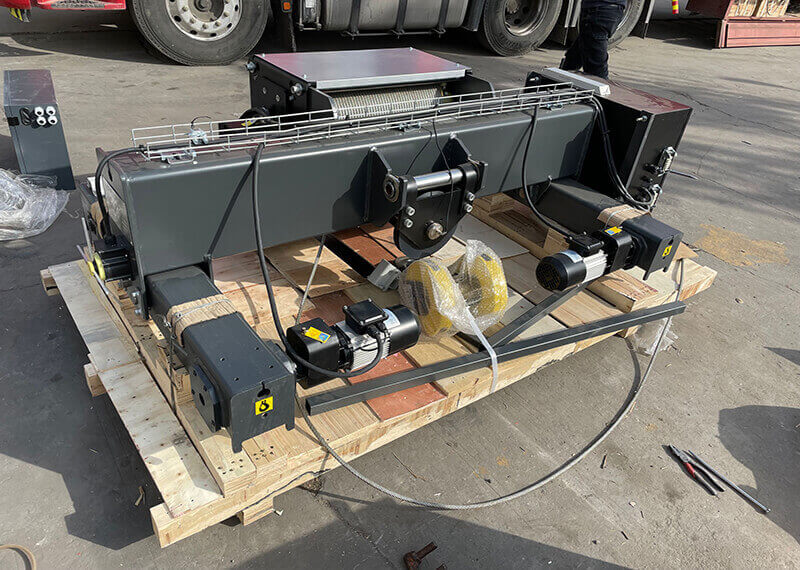
Why do we use PLC on overhead travelling crane?
PLC is an abbreviation for programmable logic controller. Its fundamental structure consists of a power supply, a CPU, memory, an input/output interface circuit, a function module, and a communication module. based on real-world scenarios, PLC can change the design of the relay-contacts control and make it customized for the speed of each file, acceleration time, and braking time of electric motors. PLC functions include calculating, controlling, programming, communicating, diagnosing, and processing.
Because PLC has various advantages and can make heavy duty overhead travelling cranes safer and more convenient, our firm applies it in overhead travelling crane systems. The following are the advantages:
A program that is simple to use and comprehend.
A high level of capability at a modest price
Comprehensive hardware, customer-friendly interface, and great flexibility
High dependability and anti-interference capability
The system's design, implementation, and testing involve minimal effort.
Maintenance is straightforward and requires little effort. functions.


